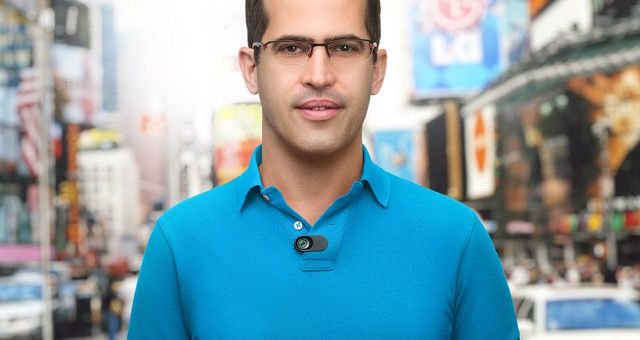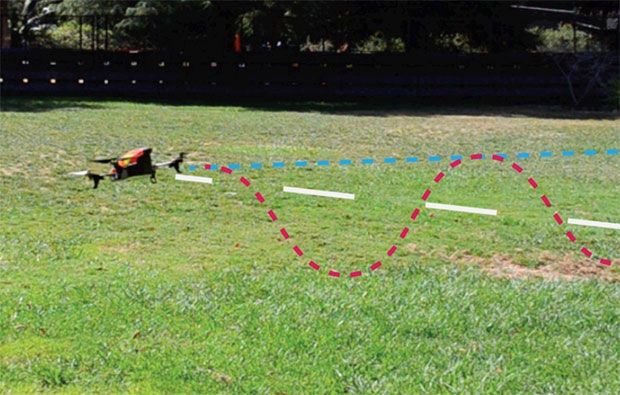Mar 10, 2016
Giant step forward taken in generating optical qubits
Posted by Karen Hurst in categories: computing, quantum physics
More large steps forward in Quantum technology with the latest chip with optical qubits.
The optical chip overcomes a number of obstacles in the development of quantum computers. A research team has demonstrated that on-chip quantum frequency combs can be used to simultaneously generate multiphoton entangled quantum bit states. It is the first chip capable of simultaneously generating multi-photon qubit states and two-photon entangled states on hundreds of frequency modes. The chip is scalable, compact, and compatible with existing technologies.


















